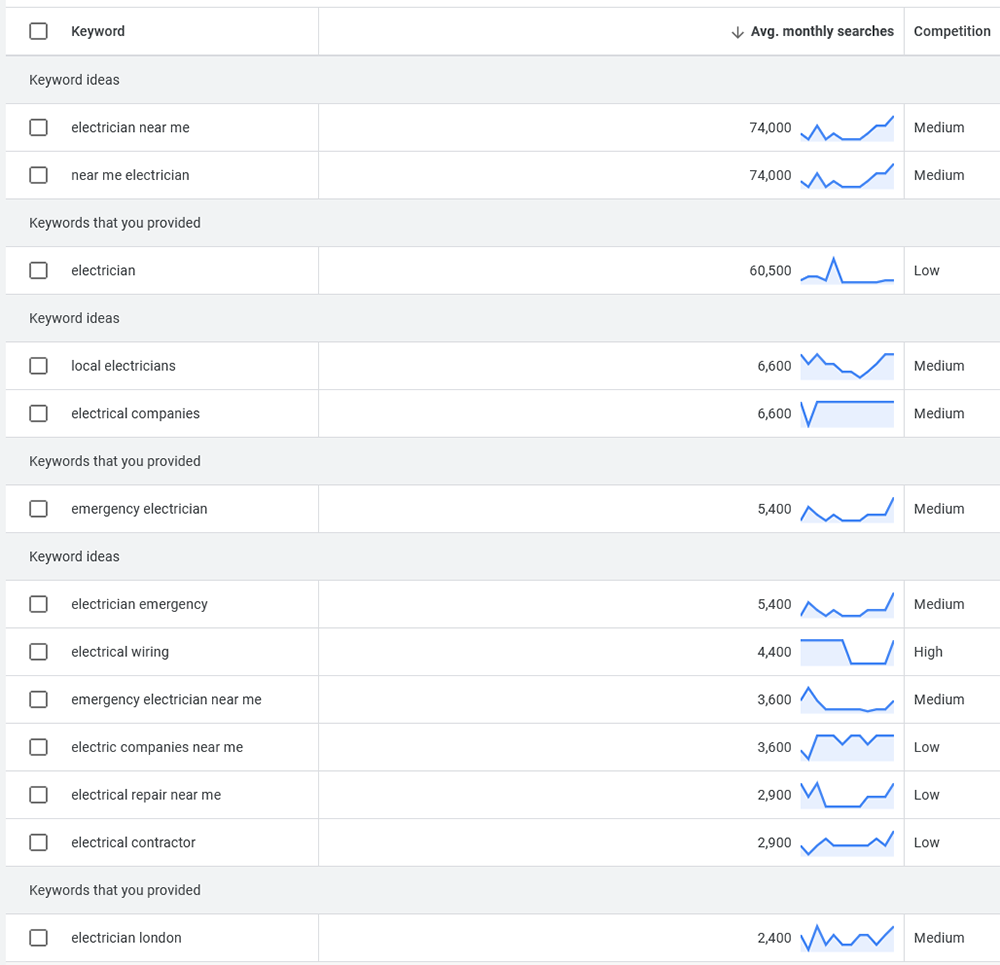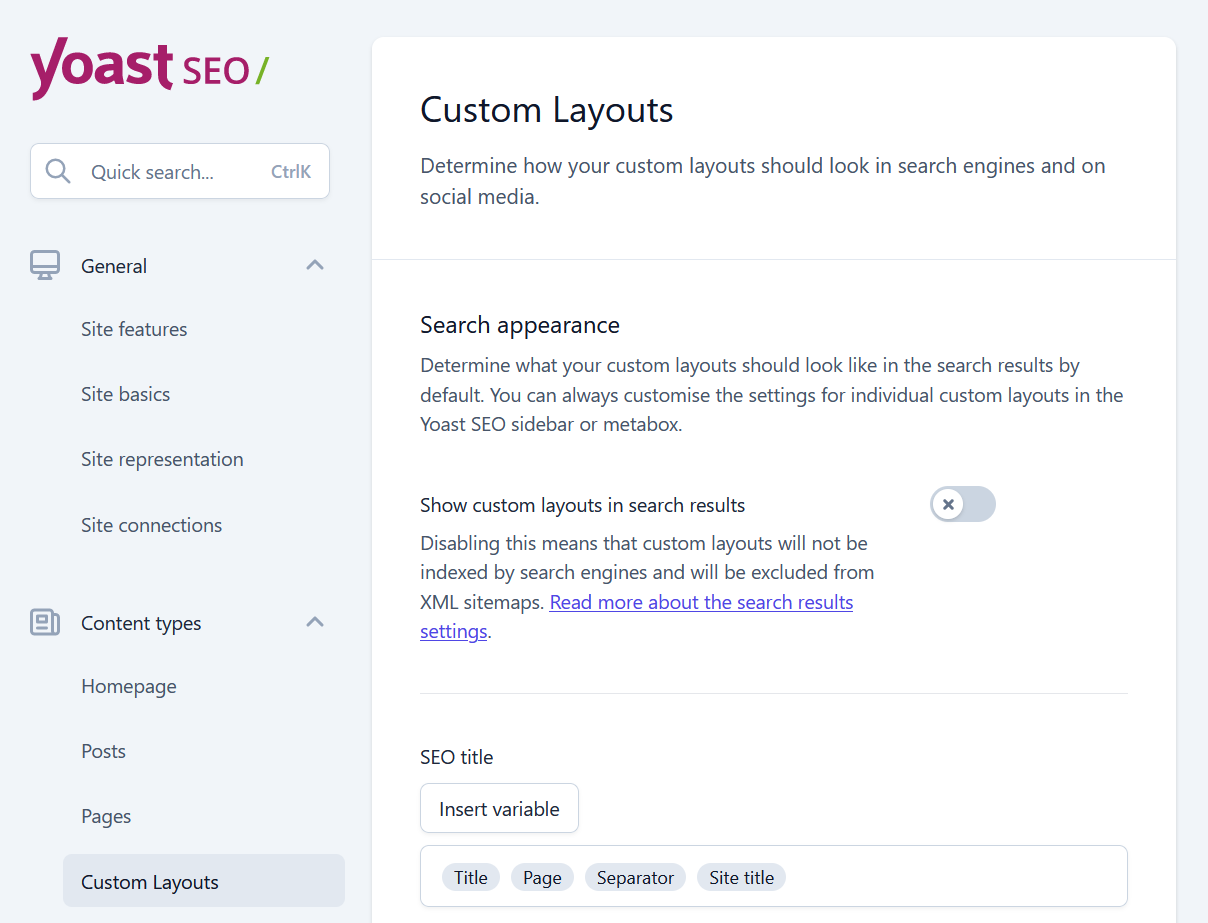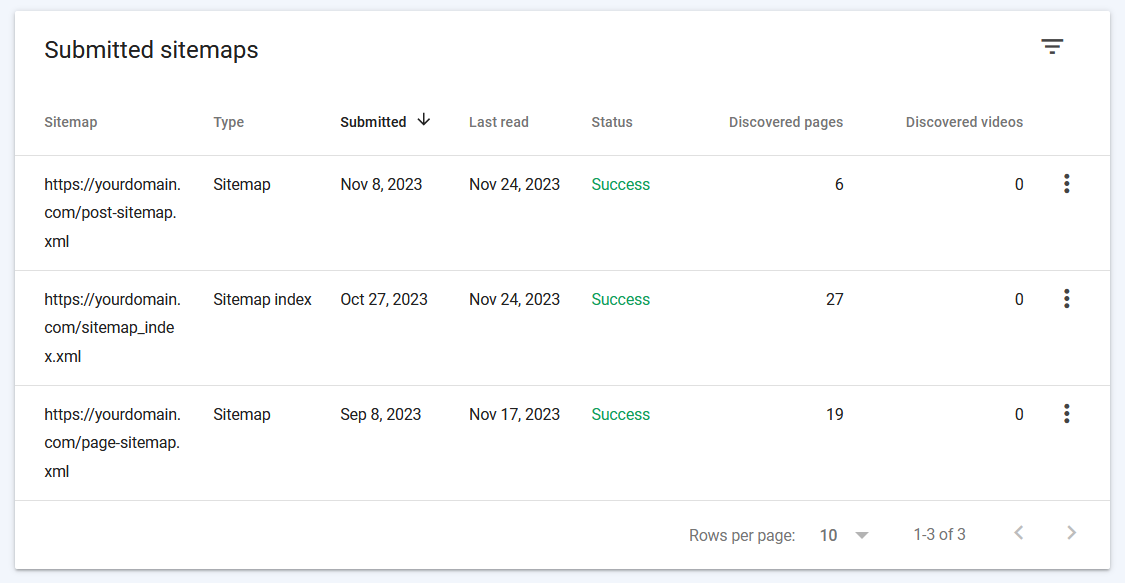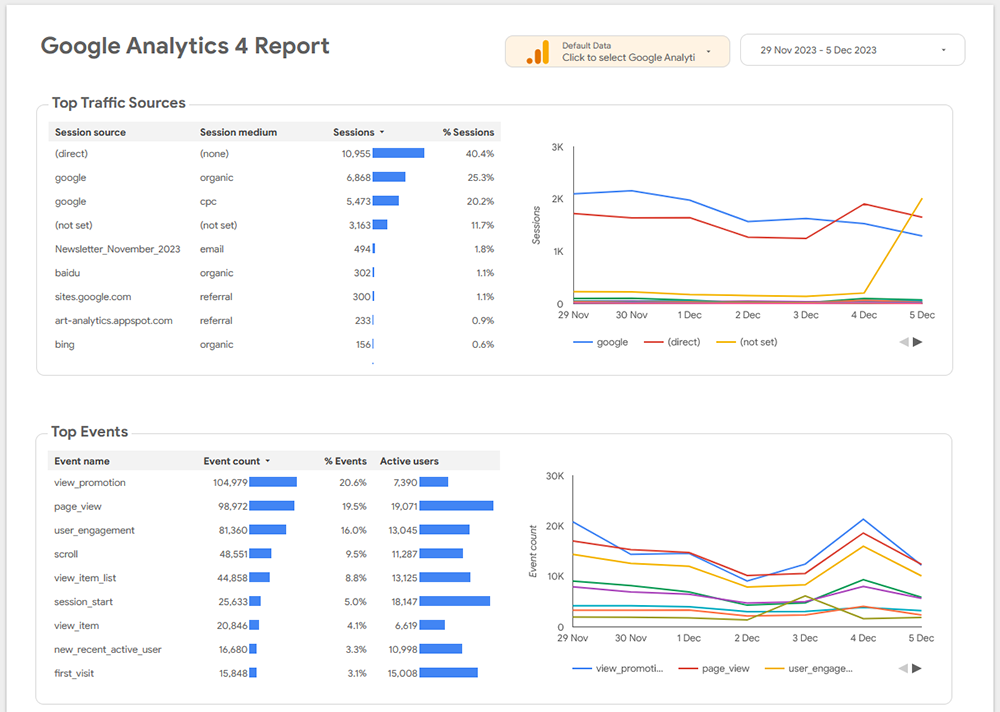WordPress is an excellent platform that expertly combines many customization options, while still staying simple to navigate. In a few simple steps, you can change the URL structure, create sitemaps and change the overall structure of your site. Due to its simplicity, it is easy to learn, but many still can’t seem to get the settings right to allow their content to rank highly on search engines and increase their conversion rates. Our WordPress SEO tutorial helps your website stand out.
Read also: Technical SEO Checklist.
If you just rely on standard SEO and speed plug-ins when running your WordPress site, your ranking may be low. It’s important to also focus on WordPress SEO best practices. It’s common for new WordPress sites to see good performance when they first begin posting regular content, but without proper SEO practices, this may be short-lived. This is because a Google update can negatively impact your site, meaning it falls down the rankings, and this is harder to recover from.
Each Step Counts
1. Choosing the Right Hosting
WordPress has a number of different hosting options, but the cheapest ones are not always the best. There is a $1 per month low budget hosting choice, but this won’t stand out against the competition. Older sites may cope with cheaper hosting due to their domain age and increased number of backlinks which Google rewards, however newer sites need a little extra help. Our recommendations are Amazon AWS or WPEngine which helps with a simple set up.
2. Selecting an Optimal WordPress Theme
Some WordPress pages look good and can be easily installed, but they don’t necessarily meet Google’s performance metrics. Choosing a theme that meets these standards will help your article rank higher. Some of our top recommendations include GeneratePress if you already have some PHP knowledge, or Astra if you are looking for an easier set up that meets Google’s standards.
3. Keywords Strategy
In order to attract the right audience to your website, it is important to choose keywords that are likely to be searched by your ideal customer. There are a number of different keyword websites and services out there to help you choose which ones are right for you, but one of our favourites is the Google Keyword Planner. This looks specifically at which ones are best for your Google ranking.

4. Quality Content Creation
SEO isn’t just about what your website looks like, but it is also about the content that you choose to put on it. There are many ways to ensure your content is what Google is looking for. Let’s take a closer look:
- Be Straight to the Point: Keep your content focused and concise.
- Use Keywords Naturally: Incorporate the keywords identified in step three without overstuffing. A good way to check this is by asking yourself if the sentence reads smoothly.
- Include Things That Build Trust: Highlight your certifications and positive reviews to show how high-quality your products and services are.
When writing your content, ensure that you have separate pages for different products or services. Your pages should be easy to read and have headings and subtitles to split up the information.
Read also: SEO Audit Made Simple
5. Using Unique Images
Images on yoImages on your page should be your own – rather than stock images that can be used on multiple websites and are not personal to your brand. Having actual photos of your products and services means that your customers trust that the quality you advertise is the quality you will deliver.
Additionally, don’t rely only on plugins to resize images after uploading them to your website. Instead, use tools like Adobe’s Free Image Resizer and TinyPNG to resize and compress your images before uploading.
6. Implementing an SEO Plugin
Installing an SEO plugin isn’t a one-stop solution. Configuration is key. Recommended plugins are Yoast for simplicity, All In One SEO Pack for old school SEO experts, or RankMath for advanced users.
SEO plugins serve many purposes, but two of the most important are writing meta titles and descriptions, and making sure that any pages you don’t want your visitors to see are added to the no-index section of your site. This will ensure they won’t appear in search results.

7. Using Search Console
Verify your site and submit your sitemap through Google’s Search Console to improve your site’s visibility.

8. Page Performance Optimization
A good hosting service and optimised images are important.
But to pass the Core Web Vitals test you will need a page performance plugin. WP Rocket is recommended for its simplicity, while W3 Total Cache suits those with more technical expertise.
After completing your website optimisations, it’s important to verify the improvements in page speed. Use Google’s PageSpeed Insights tool for this purpose.
9. Ensuring Robust Security
Security impacts performance and conversions. A compromised site can lose credibility quickly. Wordfence is recommended for its easy setup and effective protection.
10. Tracking with GA4
Last, but certainly not least on our step-by-step list is tracking your performance. Even if your website is performing well at the start, it is important to keep an eye on this, especially with frequent Google updates. If you make tweaks to your website, monitoring how this impacts its performance helps give you further insight into what search engines are looking for.

The Takeaway
WordPress is popular around the world due to its simplicity, but do not take this simplicity for granted. To make your WordPress successful, it is still important to optimise your page to make it stand out from the others and grab the attention of search engine algorithms. Implementing the steps above can help increase the visibility of your page.
If you don’t want to take on the challenge of optimizing your page yourself, our helpful team are here to help. No matter your website, our team can work with you to develop your page itself, or the technical SEO required to help boost your page on search engine results.
- Outbound Links: Learn How They Help Your Website - August 19, 2024
- How to Build a WordPress Site with Multiple Languages - August 12, 2024
- Poorly Designed Websites Impact Rankings: Here’s Why - August 9, 2024